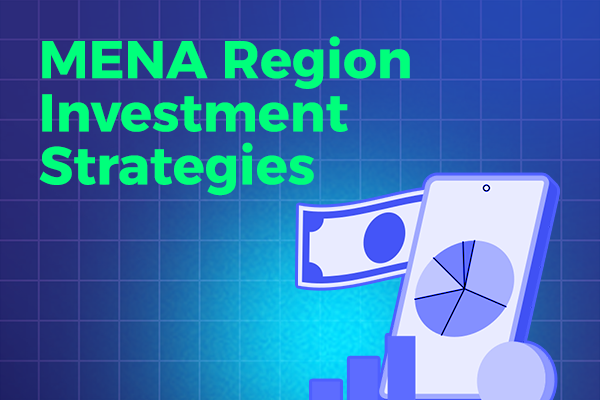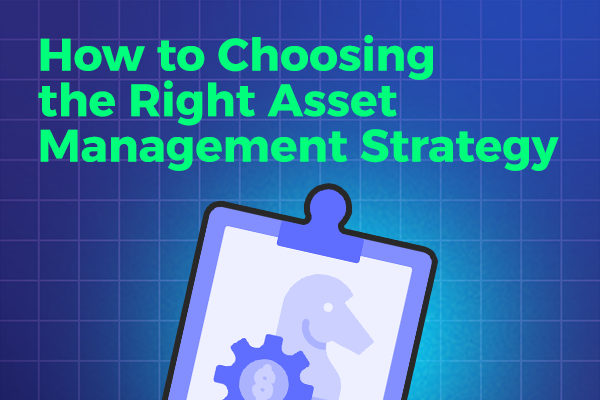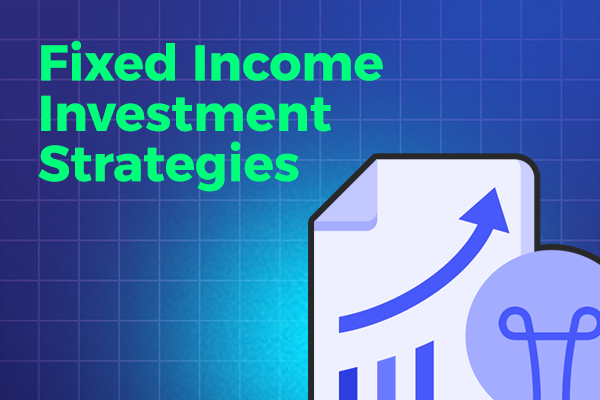The MENA region has been the focus of significant investment over the past few years, as investors seek out new opportunities in emerging markets.
As a result, investment strategies in the region have become increasingly complex, requiring a deep understanding of the latest trends and best practices. From private equity to real estate, a range of investment options are available to those looking to invest in the MENA region.
But with so many options available, it can be challenging to know where to start. That’s where this article comes in. In this piece, we’ll take a closer look at the latest investment trends in the MENA region and discuss some of the best practices that can help investors make informed decisions.
Whether you’re a seasoned investor or just starting out, this article is a must-read for anyone interested in the MENA investment landscape. So, let’s dive in!
The Latest Investment Trends in the MENA Region
The MENA region is home to some of the fastest-growing markets in the world, with countries such as Saudi Arabia, UAE, and Qatar leading the way. As a result, investors are increasingly turning their attention to the region, looking for new opportunities to diversify their portfolios.
Here are some of the latest investment trends in the MENA region:
Private Equity
Private equity has become a popular investment strategy in the MENA region, with a growing number of firms setting up shop in the region. Private equity firms typically invest in companies that are not publicly traded, providing capital to support growth and expansion. In the MENA region, private equity has been particularly active in sectors such as healthcare, education, and technology.
Real Estate
Real estate has long been a popular investment option in the MENA region, driven by the region’s growing population and demand for housing. In recent years, there has been a shift towards investing in commercial real estate, with investors looking to capitalize on the region’s growing business environment. Dubai, in particular, has seen a surge in demand for office space, with a number of new developments being built to meet the demand.
Infrastructure
With many countries in the MENA region investing heavily in infrastructure projects, infrastructure investing has become an attractive option for investors. Governments in the region are investing in projects such as airports, ports, highways, and railways, creating opportunities for investors to invest in these projects and earn a return on investment.
Best Practices for Investing in the MENA Region
Investing in the MENA region can be challenging, with unique risks and challenges that investors need to be aware of. However, by following some best practices, investors can mitigate these risks and make informed investment decisions. Here are some best practices for investing in the MENA region:
Conduct thorough due diligence
Before investing in any company or project in the MENA region, it’s essential to conduct thorough due diligence. This involves researching the company’s financials, management team, and track record, as well as the regulatory environment and political stability of the country.
Diversify your portfolio
As with any investment strategy, diversification is key when investing in the MENA region. By diversifying your portfolio across different asset classes and countries, you can minimize your exposure to individual risks and maximize returns.
Partner with a local expert
Partnering with a local expert can be invaluable when investing in the MENA region. A local expert can provide insights into the local business environment, culture, and regulatory landscape, helping investors make informed investment decisions.
Understanding the Risks and Opportunities in MENA Investments
Investing in the MENA region comes with unique risks and opportunities that investors need to be aware of. Understanding these risks and opportunities is critical to making informed investment decisions. Here are some of the key risks and opportunities to consider when investing in the MENA region:
Political instability
Political instability is a significant risk in the MENA region, with ongoing conflicts and tensions in many countries. Investors need to be aware of the political landscape and how it could impact their investments.
Economic growth
The MENA region has seen impressive economic growth in recent years, driven by factors such as population growth, natural resources, and government investment in infrastructure. This growth presents opportunities for investors across various asset classes.
Regulatory environment
The regulatory environment in the MENA region can be complex and challenging for investors to navigate. Investors need to be aware of the regulatory landscape in each country and how it could impact their investments.
The Role of Technology in MENA Investment Strategies
Technology has become an increasingly important factor in MENA investment strategies, with digital innovation driving growth across various sectors. From fintech to e-commerce, technology is reshaping the business landscape in the region. Here are some examples of how technology is impacting investment strategies in the MENA region:
Fintech
Fintech has become a significant growth area in the MENA region, with a growing number of startups offering innovative solutions for financial services. From mobile payments to online lending, fintech is transforming the financial landscape in the region.
E-commerce
E-commerce is also on the rise in the MENA region, driven by factors such as increasing internet penetration and a growing middle class. E-commerce platforms such as Souq.com and Noon.com are leading the way, offering consumers a convenient way to shop online.
Case Studies: Successful MENA Investment Strategies
To better understand how to invest in the MENA region, it’s helpful to look at some successful case studies. Here are some examples of successful MENA investment strategies:
Aramex
Aramex is a logistics and transportation company based in Dubai, UAE. The company has been a successful investment for many investors, with its stock price increasing significantly in recent years. Aramex has benefited from the growth in e-commerce in the region, as well as its strategic location between Asia, Europe, and Africa.
Souq.com (Now AMAZON)
Souq.com is an e-commerce platform based in Dubai, UAE. The company was acquired by Amazon in 2017, making it one of the most successful exits for a MENA-based startup. Souq.com’s success was driven by its strong brand, innovative technology, and focus on customer experience.
MENA Investment Strategies for Small and Medium-sized Businesses
Investing in the MENA region can be challenging for small and medium-sized businesses (SMBs), with limited resources and expertise. However, there are some strategies that SMBs can use to invest in the region, such as:
Partnering with local companies
Partnering with a local company can be an effective way for SMBs to invest in the MENA region. By partnering with a local company, SMBs can leverage the local company’s expertise and networks, as well as gain access to local markets.
Investing in technology
Investing in technology can be a cost-effective way for SMBs to enter the MENA market. By leveraging digital platforms and tools, SMBs can reach customers in the region without the need for significant investment in physical infrastructure.
MENA Investment Strategies for High Net Worth Individuals
High net worth individuals (HNWIs) have unique investment needs and opportunities in the MENA region. Here are some investment strategies that HNWIs can use to invest in the region:
Alternative investments
HNWIs can consider alternative investments such as private equity, real estate, and infrastructure projects. These investments can provide higher returns and diversification benefits compared to traditional investments.
Philanthropy
Many HNWIs in the MENA region are actively involved in philanthropic activities. By investing in social and environmental projects, HNWIs can make a positive impact in the region while also generating returns on investment.
MENA Investment Strategies for Institutional Investors
Institutional investors such as pension funds, endowments, and sovereign wealth funds have significant resources and expertise to invest in the MENA region. Here are some investment strategies that institutional investors can use to invest in the region:
Direct investments
Institutional investors can consider direct investments in companies and projects in the MENA region. By investing directly, institutional investors can gain greater control over their investments and potentially generate higher returns.
Private equity funds
Investing in private equity funds can be an effective way for institutional investors to gain exposure to the MENA region. Private equity funds can provide diversification benefits and access to a range of investment opportunities in the region.
Conclusion: The Future of MENA Investment Strategies
The MENA region offers a range of investment opportunities across various asset classes, from private equity to real estate. However, investing in the region comes with unique risks and challenges that investors need to be aware of.
By following best practices and understanding the risks and opportunities, investors can make informed investment decisions in the region. Looking ahead, the MENA region is poised for continued growth and innovation, driven by factors such as population growth, natural resources, and technology.
As such, investment opportunities in the region are likely to continue to grow, making it an exciting destination for investors around the world.




